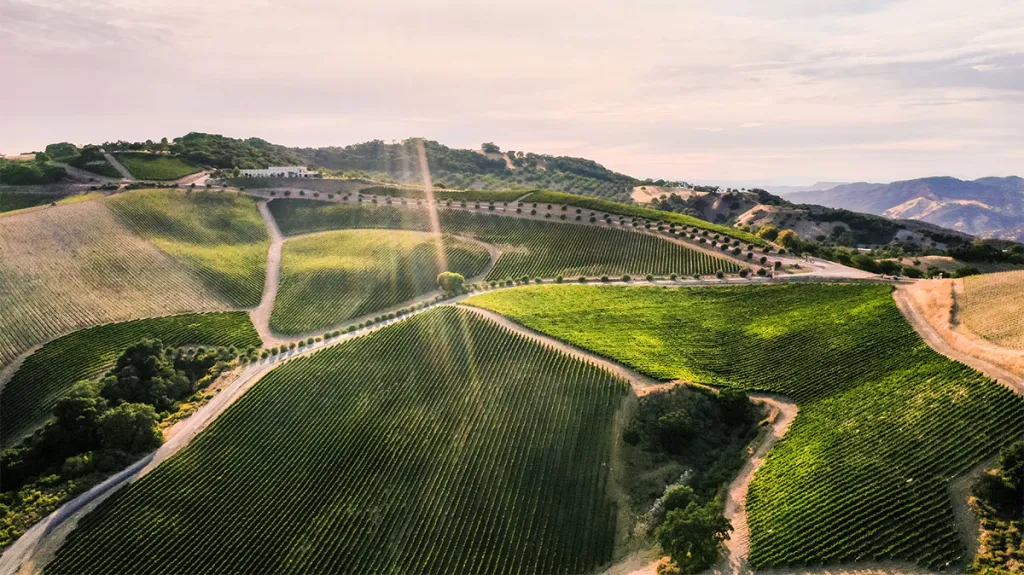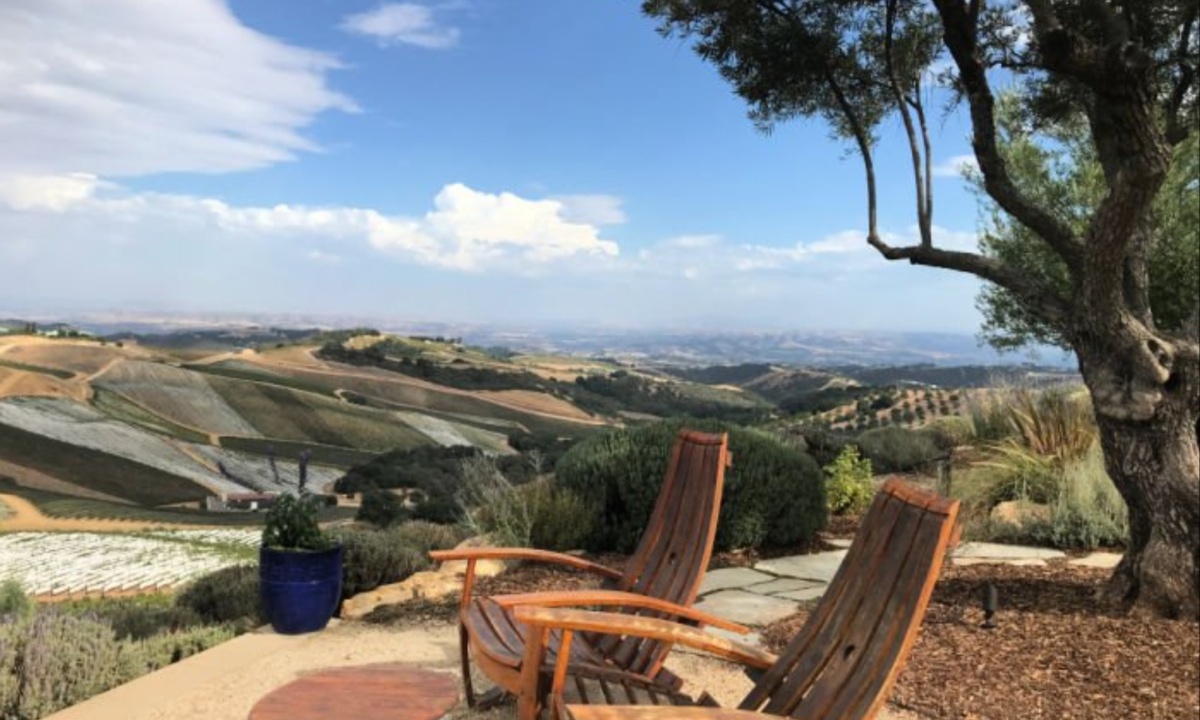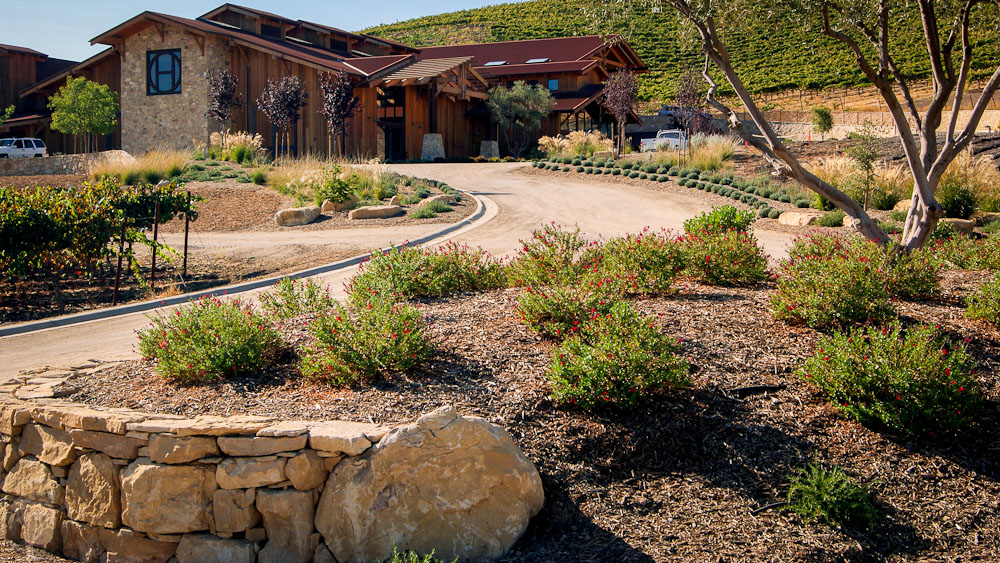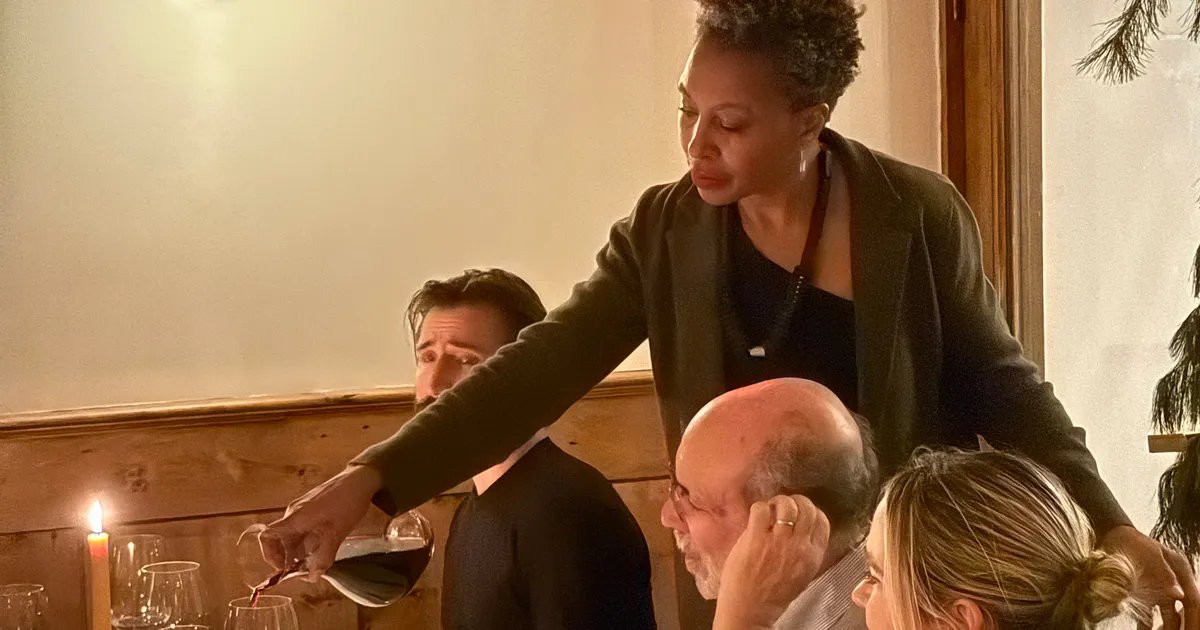Paso Robles, a Central Coast wine region, retains echoes of the Wild West, where Jesse and Frank James once sought refuge. Today, it features over 60 grape varieties, 200 wineries, and a charming downtown full of restaurants and accommodations.
Located between San Francisco and Los Angeles, Paso Robles is often overshadowed by neighboring wine regions but offers a broad range of wines, from high-end to budget-friendly. With 85% of wineries producing fewer than 8,000 cases annually, it remains a haven for small family-run businesses and farmers.
The agricultural history of Paso Robles spans thousands of years, beginning with the native Salinan tribe. In the 19th century, the area became a destination for those seeking the healing benefits of its thermal springs. When the Spanish introduced farming and winemaking, the region began to develop its agricultural roots.
Famous Polish pianist Ignacy Paderewski later established a 2,000-acre ranch, shifting the area’s focus to viticulture. Paso Robles gained official AVA status in 1983. Today, the region, which translates to “Pass of the Oaks,” is home to 40,000 acres of grapevines, and the echoes of its rich history remain evident throughout.

Paso Robles’ Unique Geography and Diverse Grape Varieties Thriving Across 11 AVAs
Situated on the Pacific Plate, Paso Robles’ soils have been shaped by millions of years of tectonic activity. The region is known for its calcareous soils, which help retain water and provide nutrients essential for grapevines. Its varied geography, from rolling hills to high mountain slopes, allows for a broad range of grape varieties to thrive.
The area’s unique combination of aspects, soils, and microclimates has led to the creation of 11 AVAs in Paso Robles, each with its distinct features that support different types of grapes.
Paso Robles is home to over 60 grape varieties, with Zinfandel having the longest history, dating back to the 1850s. Cabernet Sauvignon is the most widely planted grape, comprising over 50% of the region’s plantings, alongside Bordeaux varieties like Merlot and Cabernet Franc.
Rhône varieties, such as Grenache and Syrah, gained popularity in the 1980s, along with white varieties like Viognier and Roussanne. Additionally, smaller plantings of European varieties such as Tempranillo and Sangiovese can be found. While Pinot Noir is grown in limited quantities, some high-elevation vineyards produce cool-climate styles.

Paso Robles: Exceptional Wines from Renowned Winemakers and Notable Recent Vintages
Paso Robles is known for top-tier wines produced by respected winemakers. Signature bottles to look for include L’Aventure Estate Reserve, a Syrah-Cabernet Sauvignon blend, and Booker Fracture, a Syrah made from limestone-rich soils.
Linne Calodo’s In My Dreams and Maha Villa Creek’s Avenger are unique blends that showcase the region’s diversity. J. Lohr’s Stairway Vineyard Cabernet Sauvignon, made from high-elevation grapes, exemplifies the region’s best. Epoch’s Block B, from Paderewski Vineyard, offers a taste of history, while Tablas Creek Vineyard’s Esprit de Tablas Blanc is a standout white wine.
Paso Robles has seen fluctuating harvests in recent years, with the 2022 vintage marked by smaller yields due to a cool spring followed by extreme summer heat. However, the vintage produced wines with intense color and flavor.
The 2021 vintage also faced challenges due to low winter rainfall and high summer temperatures but resulted in good-quality wines. Among the best vintages in recent years is 2019, which featured ideal growing conditions for ripening. Wines from 2018 are considered exceptional, and older vintages from 2011-2013 remain excellent, especially for Bordeaux and Rhône varietals.


